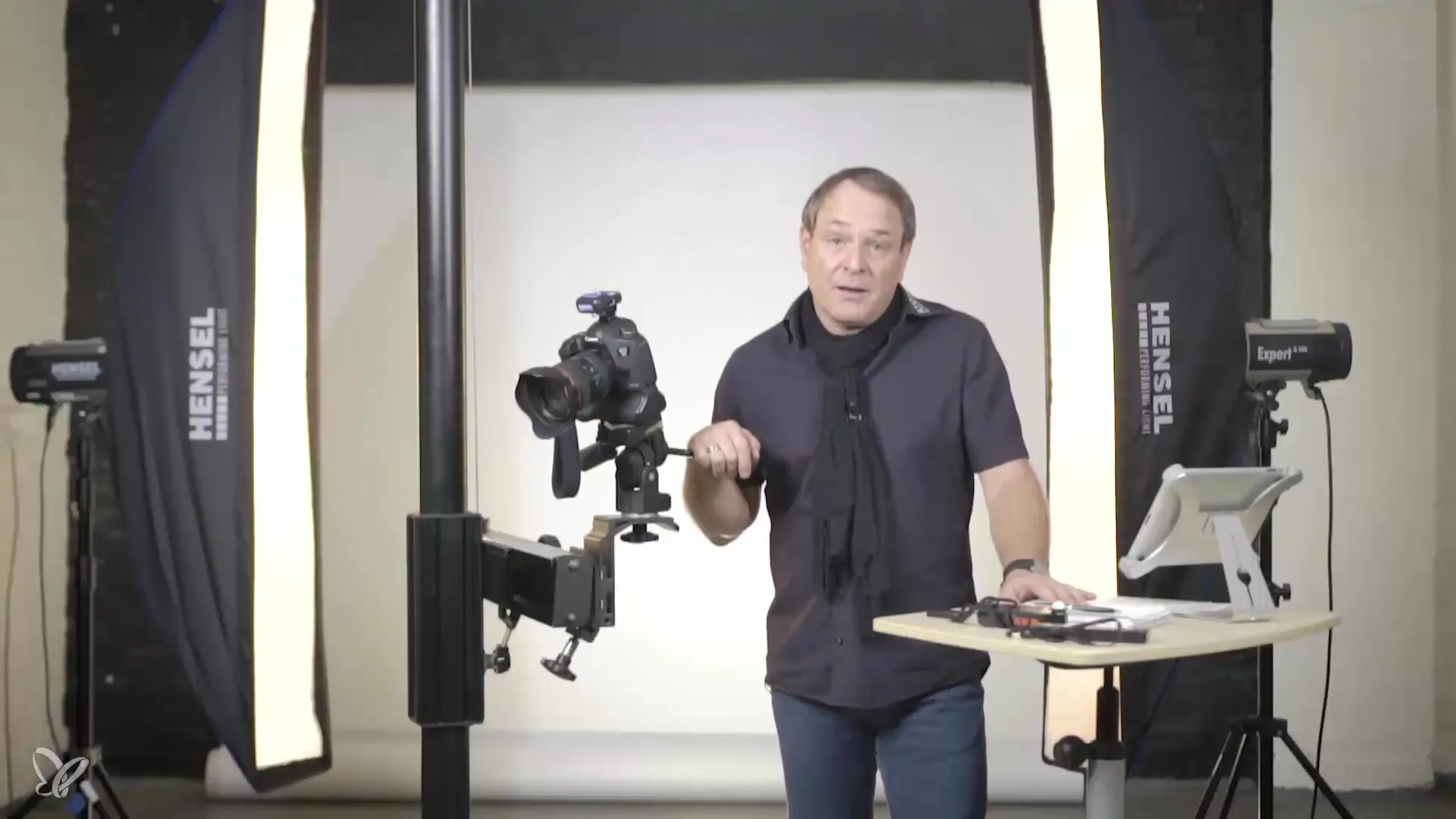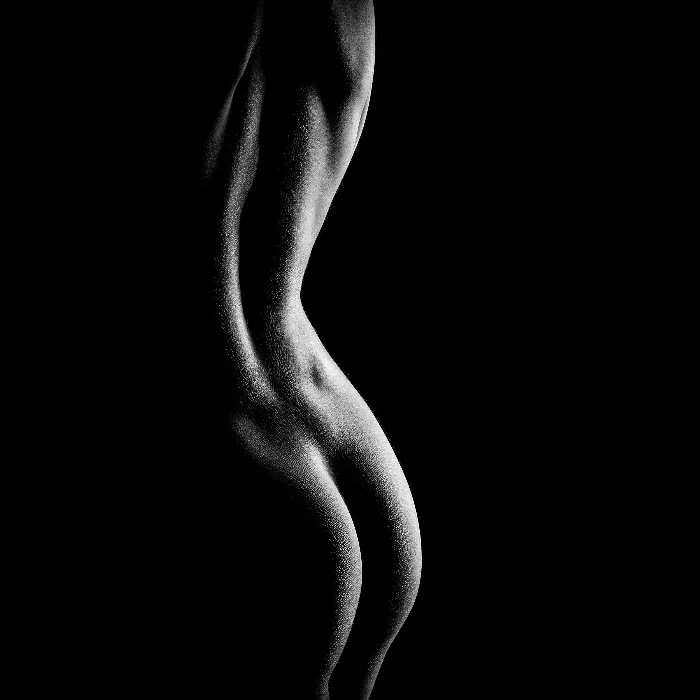nude photography is an art form that requires a lot of sensitivity and techniques to achieve impressive results in the studio. In this tutorial, you will be introduced to the world of nude photography and receive valuable information directly from an experienced photographer. Martin Buschmann, who has been working with a photo studio for advertising, industrial photography, lifestyle, and people for over 25 years, shares his expertise and provides you with a detailed insight into the various aspects of nude photography.
Key insights
- The warm-up process is crucial for creating a relaxed atmosphere.
- Techniques for capturing images – from full-body shots to body landscapes.
- A flexible lighting setup allows for creative shots from various perspectives.
- The importance of soft light and subtle contrasts – especially with the "hiiky" technique.
Step-by-step guide
Step 1: Before the shoot – Warm-up with the model
The first step in nude photography is to create a relaxed atmosphere between you and your model. To achieve this, you should conduct a warm-up. Start with simple exercises to get warmed up with each other. Discuss image ideas with your model and let them take various poses. During this process, you can explore switching between black-and-white and color shots. This helps to break the ice and reduce the tension that arises from nudity.

Step 2: Classic nude photography shots – Full-body images and body landscapes
Once you and your model are comfortable, you can begin the actual shots. Start with classic full-body shots. Make sure to capture the entire body of the model within the frame to create a meaningful composition. After that, you can focus on body landscapes. This technique requires special attention to light and shadow to highlight the contours and shapes of the body. Experiment with different light sources to achieve the best results.
Step 3: Exploring the "hiiky" technique
Another exciting topic in nude photography is the "hiiky" technique. This involves achieving soft contrasts and subtle colors that are particularly well-suited for black-and-white photography. In this method, it is essential to set the light correctly to achieve harmonious transitions and a gentle visual aesthetic. Use the right exposure and see how different light sources affect the mood of your images.
Step 4: Flexible lighting setup and creative freedom
A flexible lighting setup is especially important for nude photography, as it gives you the freedom to move your model 360 degrees. Position your light sources so that they shine from different angles and are always suitable, regardless of how the model positions themselves. This allows the model to perform natural movements and play with their hands, resulting in more vibrant and dynamic shots.
Summary – Mastering nude photography in the studio
In this guide, you learned how important a good warm-up is to relax the atmosphere between you and your model. You were also introduced to the techniques of classic nude photography, creating body landscapes, and the innovative "hiiky" technique. A flexible lighting setup ensures that you can enjoy creative freedom while photographing.
Frequently Asked Questions
What is the purpose of warming up with the model?The warm-up process creates a relaxed atmosphere and promotes better communication.
How do I photograph body landscapes?Pay attention to light and shadow to highlight the shapes and contours of the body.
What is the "hiiky" technique?This technique focuses on soft contrasts and subtle colors, ideal for black-and-white shots.
How can I create a flexible lighting setup?Position light sources so that they shine from different angles and are suitable for all positions of the model.

